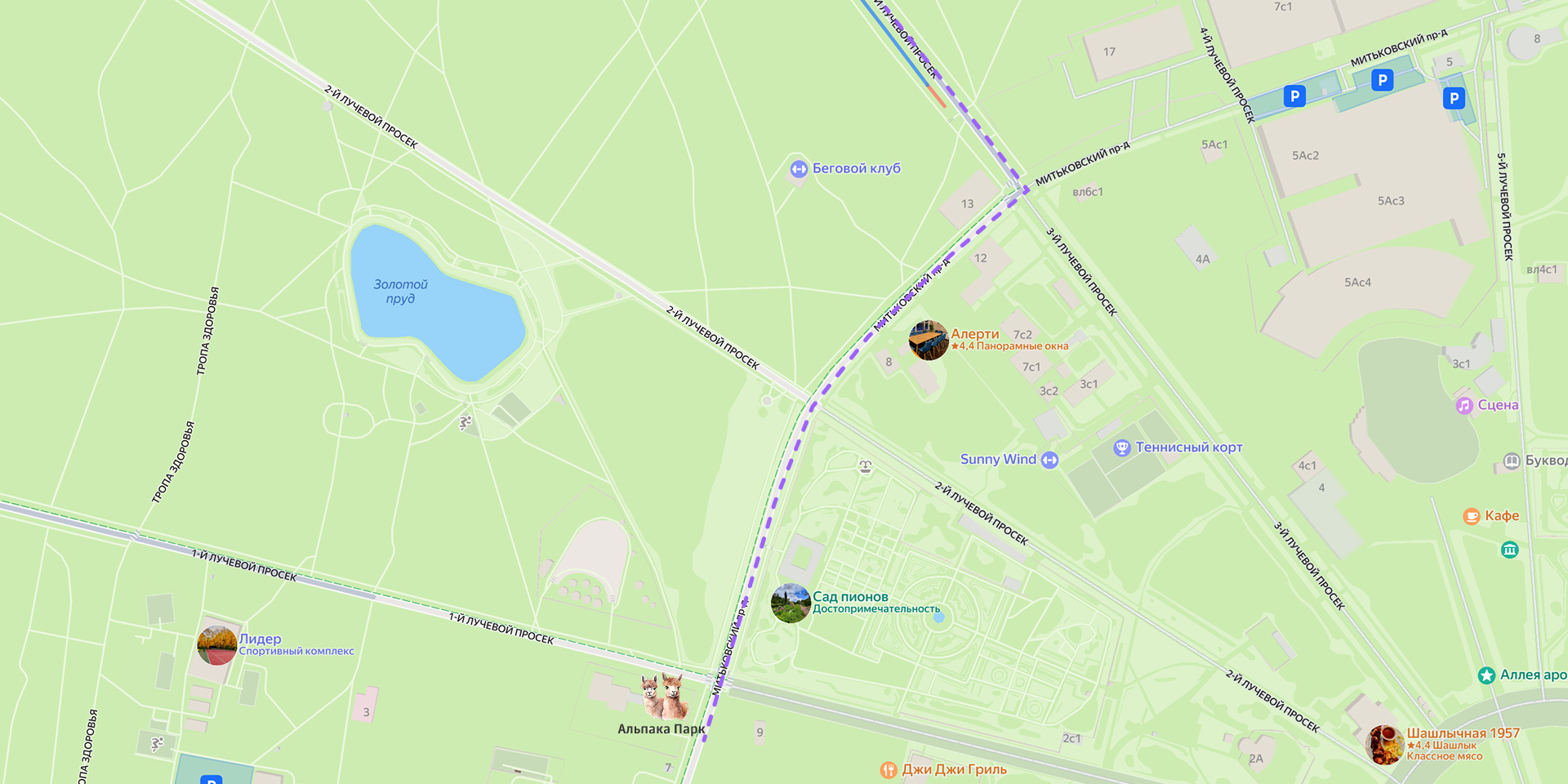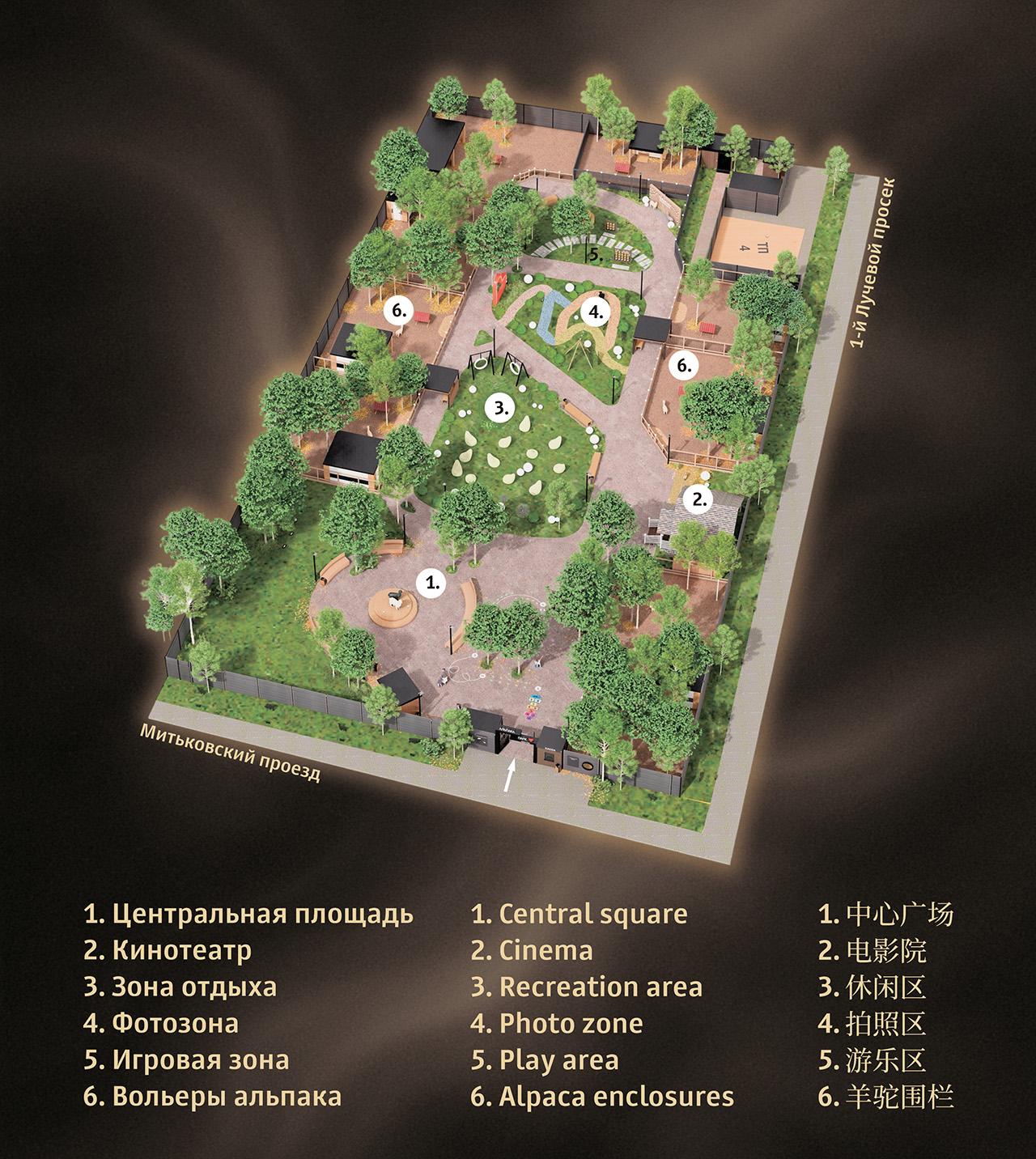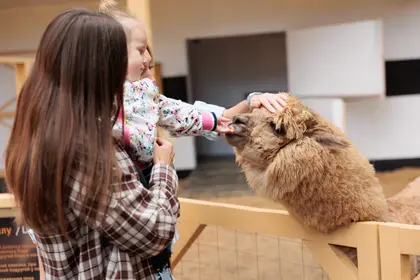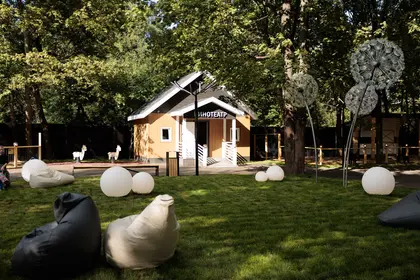

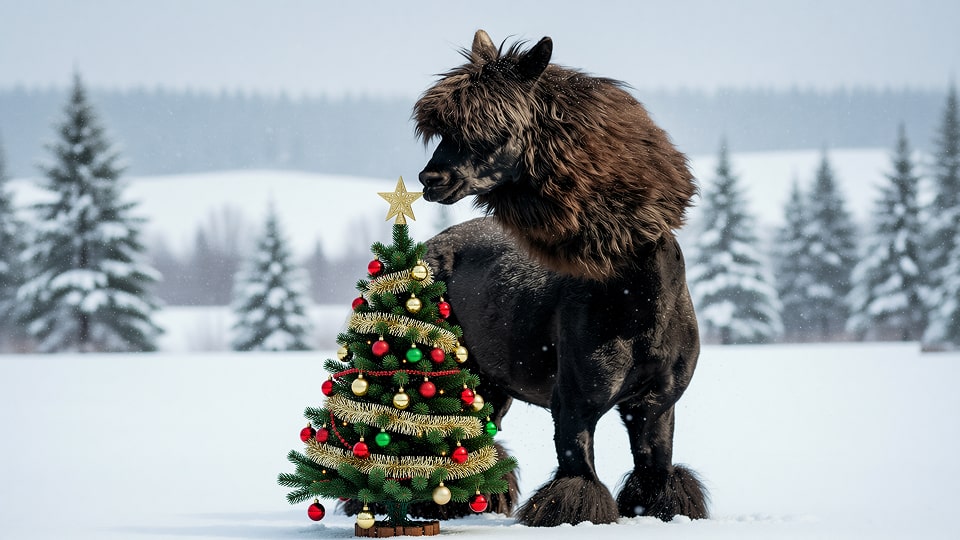
Новогодняя акция в Альпака Парке Сокольники!
В период новогодних праздников с 22.12-11.01 Альпака Парк в Сокольниках дарит особенный подарок каждому ребенку от 0 до 18 лет и скидку на детский билет 50%!
При входе будьте пожалуйста готовы показать документ ребенка или его фото, подтверждающие возраст! Вход для детей до 12 лет осуществляется в сопровождении взрослого человека (от 18 лет)
Exposition «Alpaca Park» contact
You can

Feed the alpaca

Take memorable photos

Learn interesting facts from the life of alpacas
Photos
Prices and operating mode
01.01 from 12:00-21:00
All other days 10:00-21:00
- Adult from 18 years old
- Children under 12 years of age are allowed to enter only adults (from 18 years old)
- Children under 3 years old
- If it seems that there is little food in a glass..
- Alpac food is not their main diet, it is like dessert/delicacy, but a lot of goodies for alpaca is harmful.
- We give the opportunity to feed animals, but also take care of their health.
- We hope for your understanding.
- Adults from 18 years old, children from 3 years old
- Adults from 18 years old, children from 3 years old
- Photoshoot with a photographer of the Alpak Park 10,000 ₽.The entrance to the park is paid separately.To conduct a photo shoot with a photographer of the Alpak Park, you need to sign up in advance by phone: +79660326666
- Children under 12 years of age are required to accompany adults.
- The accompanying person is older than 18 years.Support is paid by price.
- 1 accompanying disabled person discount 50%.The discount is valid upon presentation of a certificate of disability (form 088/U-06) or a certificate of a disabled person at the checkout
- 1 accompanying veteran discount 50%.The discount applies upon presentation of the certificate of the Veteran of the Second World
- 1 accompanying child discount 50%.The discount applies upon presentation of a document on the status of an orphan
- 1 accompanying disabled person discount 50%.The discount is valid upon presentation of a certificate of disability and an individual plan for the rehabilitation of a child (IPR) at the checkout
- 1 accompanying disabled person discount 50%.The discount is valid upon presentation of a certificate of disability (form 088/U-06) or a certificate of a disabled person at the checkout
- The discount is valid upon presentation of a certificate of a large family or QR code from the application of public services at the checkout
- The discount is valid upon presentation of a pension certificate at the checkout
- The discount is valid upon presentation of a student ticket with a photo at the checkout
- The discount is valid 3 days before and 3 days after the birthday upon presentation of the birthday passport at the checkout
Payment of preferential categories of tickets is available at the checkpoint of the park, online sales of tickets are not carried out.
How to get there
From Sokolniki metro station
From Sokolniki metro station, walk to the main entrance to Sokolniki Park (towards Oleniy Val Street), turn left and walk to Mitkovsky Proezd. Turn right on Mitkovsky Proezd (entrance to Sokolniki Park), walk straight to 1st Luchevoy Prosek. Before 1st Luchevoy Prosek, on the left side, there is Alpaca Park


By car
City parking along Sokolniki Park
By car
Paid parking of Sokolniki Park 3rd Luchevoy Prosek
